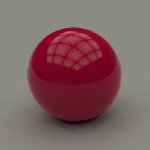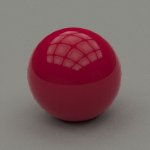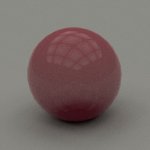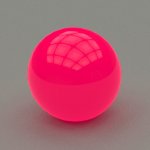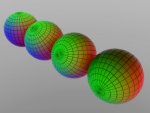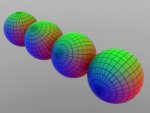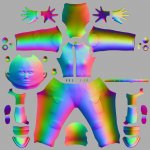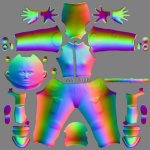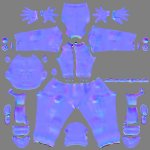MonkeyT
0
I’ve been asked to add some comments to the forum about how I approach designing Node-based textures. To do that (and keep it comprehensible), I’ve got to explain a few things about what I know, what I don’t know, and many things I’ve guessed.
I’ll start with the basics and work my way up, so please forgive me when I run out fo fuel somewhere in the middle, because I certainly don’t know it all. Once I get technical, I may very well be wrong. This is almost all based upon observation, not formal education.
I STRONGLY recommend reading the thread “Quick And Dirty Introductions to Node-based Shaders” by PodPerson. Lots of good info and brief definitions of Cheetah3D’s Nodes.
In this thread, intend to talk more about understanding the numbers than digging into any particular Node. Feel free to jump in.
To work with Nodes it’s important to understand that for values, they use either Numeric values or Vector values. Numeric values are made of sets of three numbers - very handy for a number of reasons in a 3D graphics setting.
To convert between these formats, there are a pair of Math Nodes, Vec2Float and Float2Vec. I’ll talk about them in the first example.
I’ll start with the basics and work my way up, so please forgive me when I run out fo fuel somewhere in the middle, because I certainly don’t know it all. Once I get technical, I may very well be wrong. This is almost all based upon observation, not formal education.
I STRONGLY recommend reading the thread “Quick And Dirty Introductions to Node-based Shaders” by PodPerson. Lots of good info and brief definitions of Cheetah3D’s Nodes.
In this thread, intend to talk more about understanding the numbers than digging into any particular Node. Feel free to jump in.
To work with Nodes it’s important to understand that for values, they use either Numeric values or Vector values. Numeric values are made of sets of three numbers - very handy for a number of reasons in a 3D graphics setting.
- Vectors can describe a location - the X,Y,Z coordinates of any point.
- They also are used to describe colors - in particular, the Red, Blue and Green components of a screen color.
To convert between these formats, there are a pair of Math Nodes, Vec2Float and Float2Vec. I’ll talk about them in the first example.


